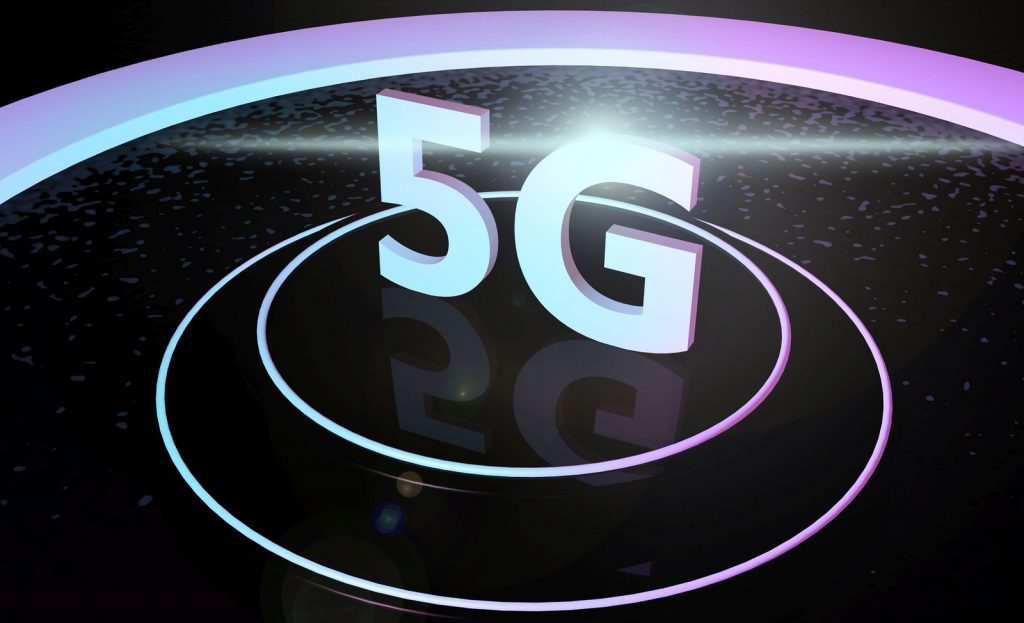It is predicted that by the next year 100 million consumers will be using augmented and virtual reality for shopping online and in-store. Both of these technologies have the potential to change the customer’s experience by providing them with a visualization of the products in different settings.
With the appearance of 5G technologies, it will be easier to use these technologies due to their requirement of huge data transfer, which only 5G can support.
Actually, the stores are against the use of these technologies and they insist on keeping the value of physical stores. But, consumers only say that the experience in the store as good when retailers present a unique experience in any way. Under the pressure of the consumers, retailers are turning to AR and VR to offer customers a unified retail experience inside and outside retail stores.
With these technologies, you will be able to look through the products of the store and even try some of the clothes you want to buy. Isn’t that perfect?
This is only one of the benefits that this fifth generation of cellular technology offers, and there is a good reason to be optimistic about 5G, its capabilities can support multiple uses cases, such as real-time rendering for immersive video, shorter download and setup times and extension of brands and shopping experience beyond stores.
The advancements of the other aspects of 5G will contribute to the meeting of some of the aspects such as low latency, bandwidth, and speed.
Even the common user will benefit immediately from 5G since the mass hysteria about a single-digit millisecond to transfer data is misleading.

